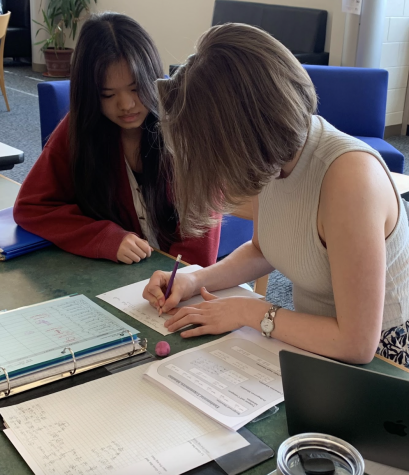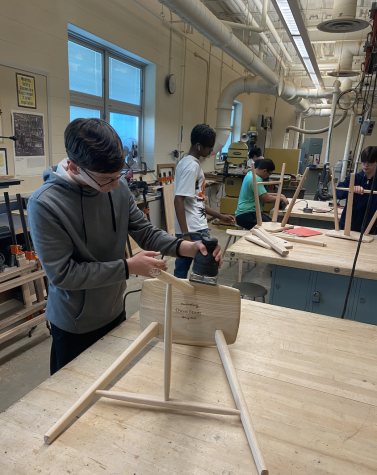What are primary elections?
December 2, 2019
By definition, a primary election is “a preliminary election to appoint delegates to a party conference or to select the candidates for a principal, especially presidential election.”
In the U.S., there are four types of primary elections.
In open primaries, any registered voter may participate in any party primary. In semi-open primaries, any registered voter may vote in the election, but they must request a specific party ballot when voting.
In closed primaries, only registered voters may vote for their party’s next candidate. In semi-closed primaries, only unaffiliated voters and those registered to the specific party may vote.
The idea of primary voting is somewhat new for our democracy.
According to CNN, presidential candidates used to be selected at conventions, not by voters. Party members would select delegates to nominate the party’s next candidate. It wasn’t until around 50 years ago that each party’s candidates have been elected in primaries.
The Republican and Democratic parties both still hold conventions, but now they’re more like lavish celebratory parties.
In recent years, voter turnouts for primary elections have fluctuated.
According to Bipartisanpolicy.org, the 2012 presidential primaries hit a record low voter turnout. Only 16 percent of all eligible voters went to the polls to vote on their respective days. In contrast, the 2016 primaries drew 29 percent of eligible voters. This fell just short of 2008, when 30 percent of eligible voters participated in primaries.
According to the New York Times, voter turnout for the 2020 primary elections is expected to be the highest in decades.
Among those, many young Democrats are expected to vote in both the primary elections and the general election, in opposition to President Trump and other republicans.
Pennsylvania will hold its Democratic Primary Election on April 28, 2020. The registration deadline to vote in this election is March 29, 2020.








![“She [Walker] was the biggest advocate for any student,” said Basile.](https://mundismillmedia.com/wp-content/uploads/2023/05/Colorful-Watercolor-Note-Paper-with-Brush-Stroke-A4-Document-336x475.png)
